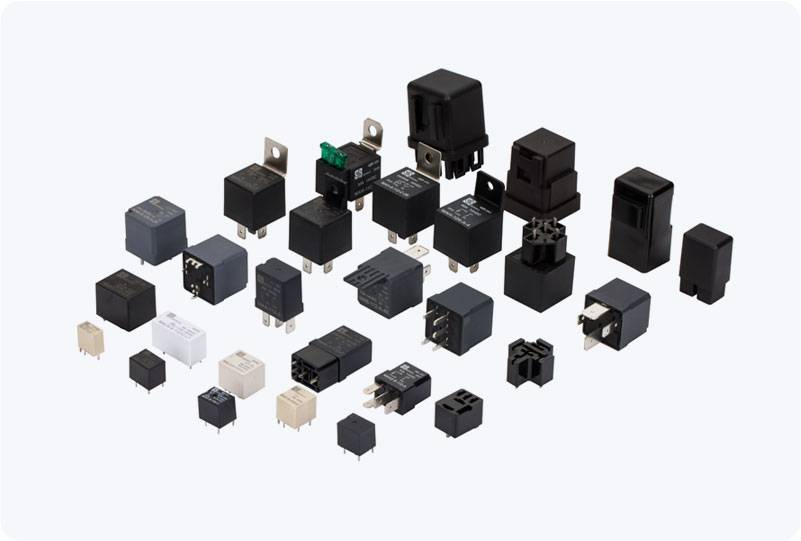Safety Isolated Relays (SIRs) play a pivotal role in protecting and isolating electrical circuits in various applications, from industrial machinery to safety-critical systems. These relays are designed to enhance the reliability and security of electrical systems by providing a safe barrier between control and high-power circuits. Their importance cannot be overstated, particularly in environments where human safety and operational integrity are paramount. This article explores the functionality, applications, and benefits of Safety Isolated Relays in modern electrical systems.

What is a Safety Isolated Relay? A Safety Isolated Relay is a specialized device that electrically isolates control circuits from power circuits. It works by using physical separation, typically through a relay coil and contacts that are designed to handle high-voltage or high-current signals. The primary purpose of an SIR is to protect sensitive components, human operators, and other equipment from electrical faults and surges by ensuring that no direct electrical connection is made between the control side and the high-voltage side. In many industrial and safety-critical applications, it’s essential to isolate control circuits (such as low-voltage signals from microcontrollers or PLCs) from power circuits (such as motors or industrial machinery). This isolation prevents the control system from being damaged due to overvoltage or faults, thus maintaining the integrity of the system.